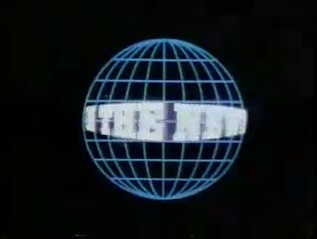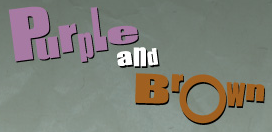 W
WAn American Portrait is a series of historical interstitial programs that aired on CBS from September 9, 1984, until October 28, 1986. Each episode opened with the centennial introduction In Celebration: 1886–1986, followed by a one-minute biography of the subject. Each episode was presented by a different celebrity.
 W
WGo, Baby! is a series of short interstitial programs created by Josh Selig originally airing on the Playhouse Disney block on the Disney Channel from 2004 to 2007. The series was a co-production between Selig's production company Little Airplane Productions and Granada Productions, and is owned and distributed by Disney.
 W
WHave a Laugh! is a 2009-2012 American animated series produced by the Walt Disney Company for the Disney Channel. The series is a set of interstitials, presenting edited versions of classic Mickey Mouse cartoons.
 W
WThe Heritage Minutes is a series of sixty-second short films, each illustrating an important moment in Canadian history. The Minutes integrate Canadian history, folklore and myths into dramatic storylines. Like the Canada Vignettes of the 1970s, the Minutes themselves have become a part of Canadian culture and been the subject of academic studies as well as parody.
 W
WIn the News is a series of two-minute televised video segments that summarized topical news stories for children and pre-teens. The segments were broadcast in the United States on the CBS television network from 1971 until 1986, between Saturday morning animated cartoon programs, alongside features like Schoolhouse Rock! and One to Grow On, which aired on competing networks ABC and NBC, respectively. NBC also produced a competing segment called Ask NBC News.
 W
WThe Indian-head test pattern is a test card that was introduced in 1939 by RCA of Harrison, New Jersey, for calibration of the RCA TK-1 monoscope. It was widely used by television stations worldwide during the black-and-white television broadcasting era. It features a drawing of a Native American wearing a headdress along with numerous graphic elements that test different display aspects.
 W
WMinna no Uta (みんなのうた), literally Everyone's Songs, is a five-minute NHK TV and radio program which is broadcast several times daily. The program started on April 3, 1961. It is one of NHK's long-running programs.
 W
WMr. Meaty is a Canadian-American teen sitcom puppet television series created by Jamie Shannon and Jason Hopley. The show centers on two lazy teenage boys, Josh Redgrove and Parker Dinkleman, who work at a fast food restaurant called Mr. Meaty inside a shopping mall. The series is set in the fictional town of Scaunchboro, based on Scarborough, Toronto.
 W
WNanalan' is a Canadian children's television series created by Jamie Shannon and Jason Hopley. It began in 1999 as a series of three-minute shorts and later ran for a season of full-length episodes spanning 21 minutes each. It chronicles the small-scale adventures and discoveries of a three-year-old puppet girl named Mona in her grandmother Nana Bea's backyard. The title is a contraction of the phrase "Nana Land," referring to the setting.
 W
WPurple and Brown is a British stop-motion animated short television series devised and directed by Rich Webber and edited by Mike Percival. The series first aired November 2005, on the Nickelodeon's United Kingdom channel, and later became a staple on the American Nickelodeon network as part of its former Nick Extra short program.
 W
WSchoolhouse Rock! is an American interstitial programming series of animated musical educational short films that aired during the Saturday morning children's programming block on the U.S. television network ABC. The themes covered included grammar, science, economics, history, mathematics, and civics. The series' original run lasted from 1973 to 1984; it was later revived with both old and new episodes airing from 1993 to 1996. Additional episodes were produced in 2009 for direct-to-video release.
 W
WA sign-on is the beginning of operations for a radio or television station, generally at the start of each day. It is the opposite of a sign-off, which is the sequence of operations involved when a radio or television station shuts down its transmitters and goes off the air for a predetermined period; generally, this occurs during the overnight hours although a broadcaster's digital specialty or sub-channels may start up and closedown at significantly different times as its main channels.